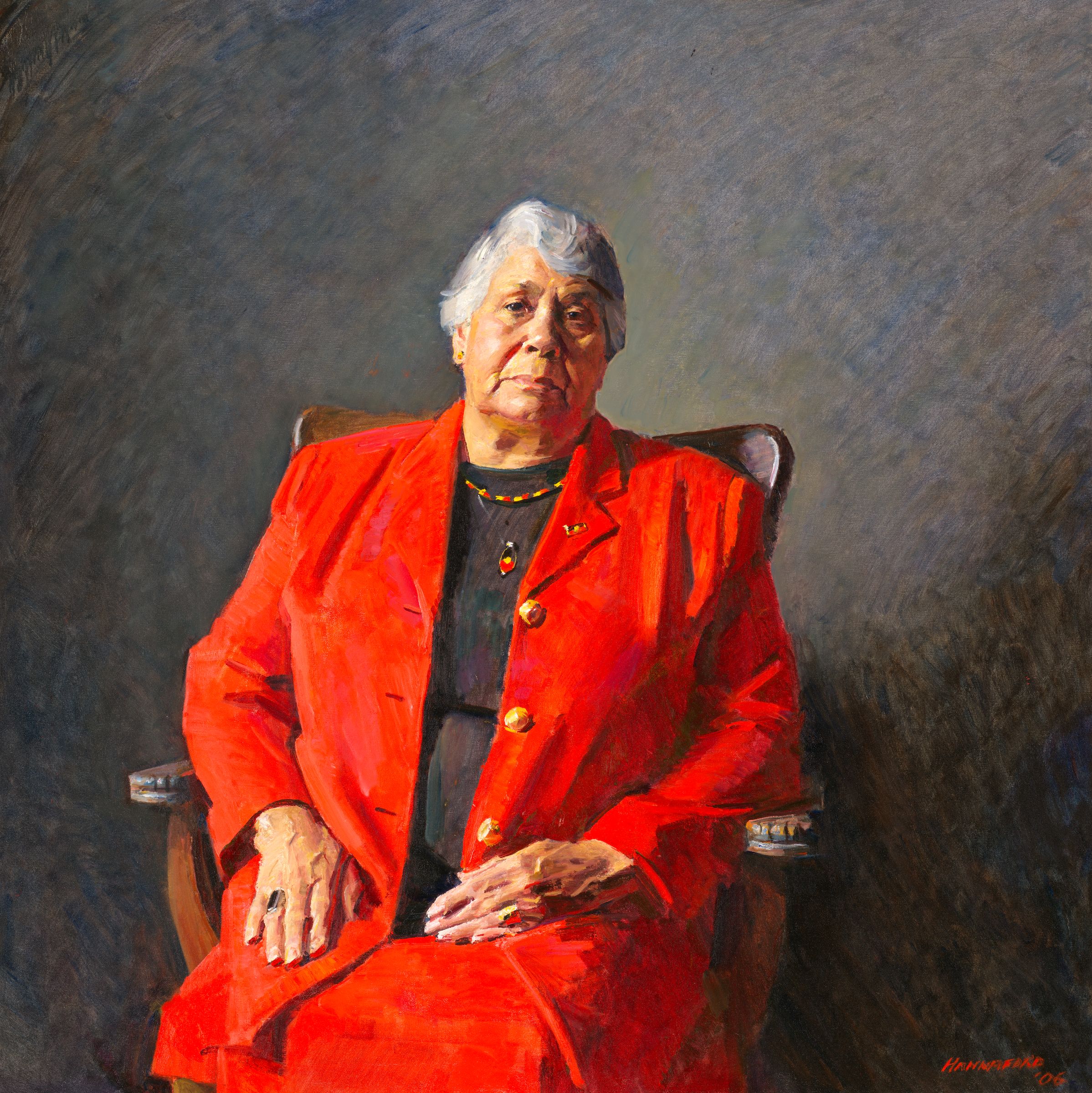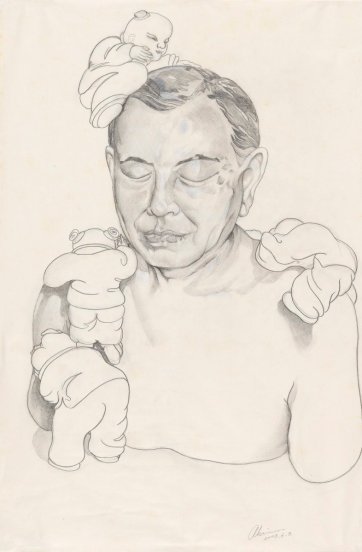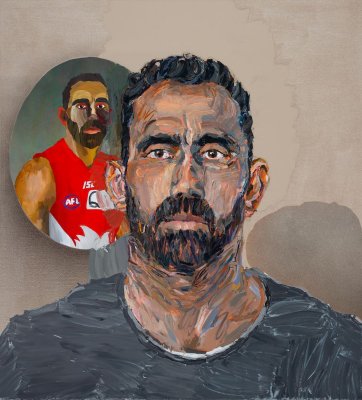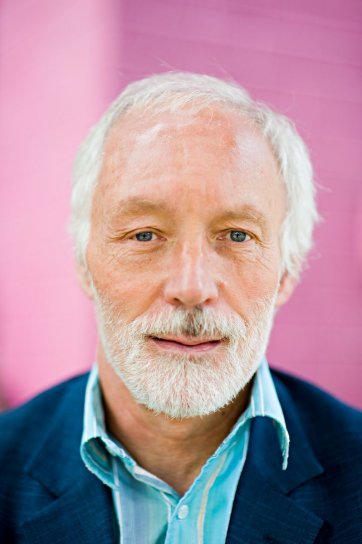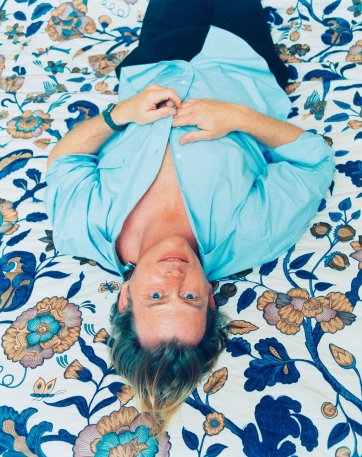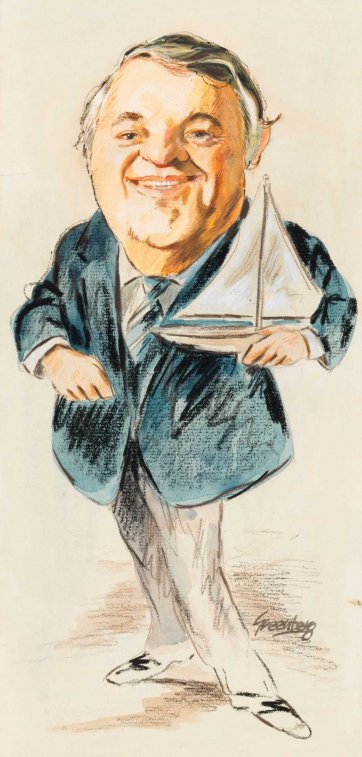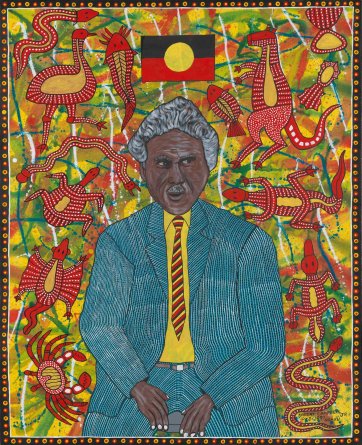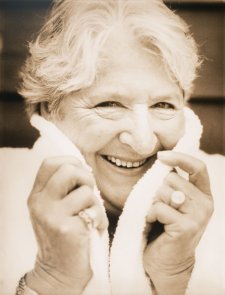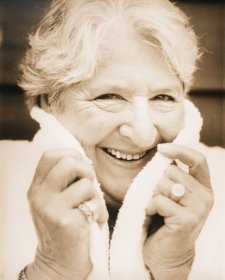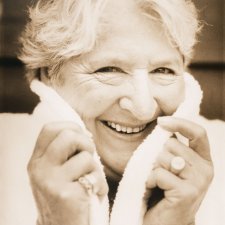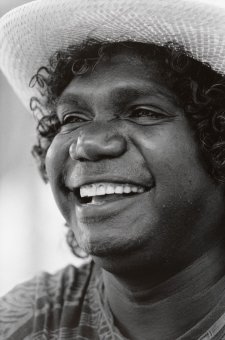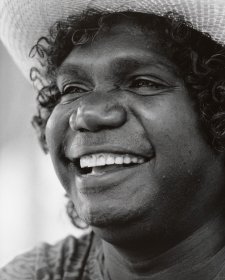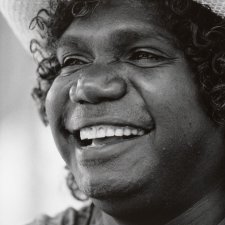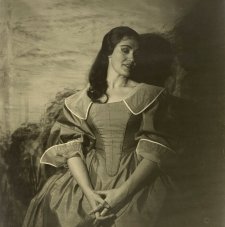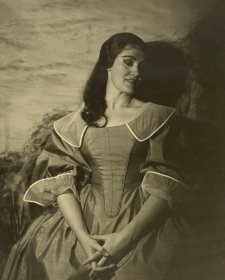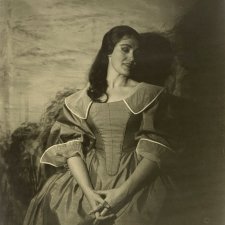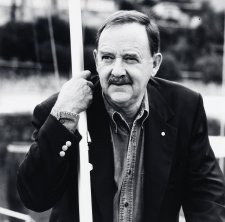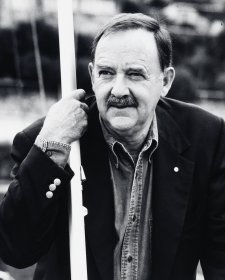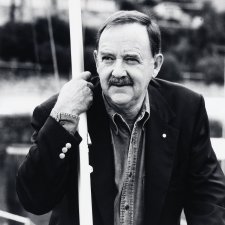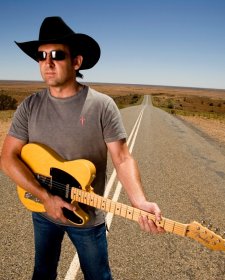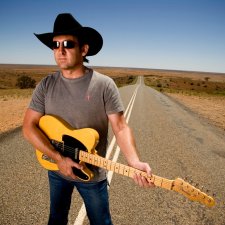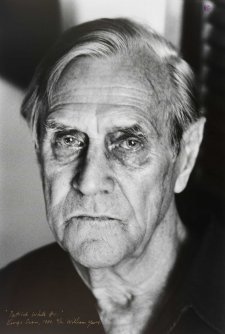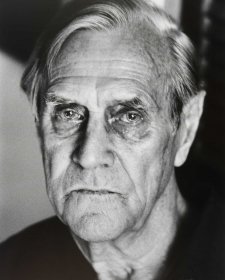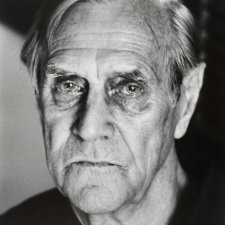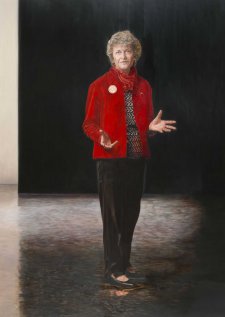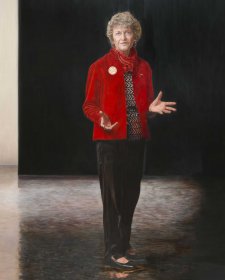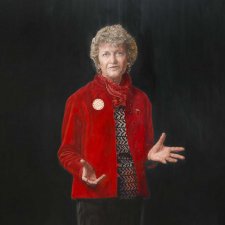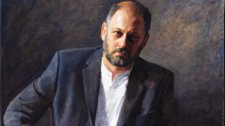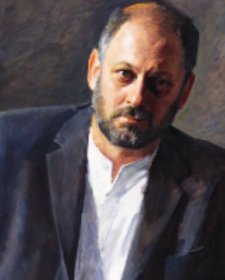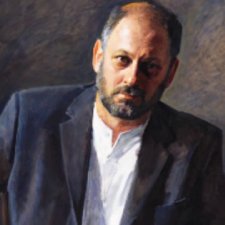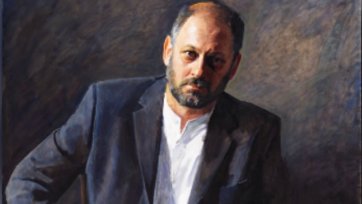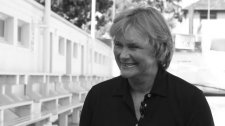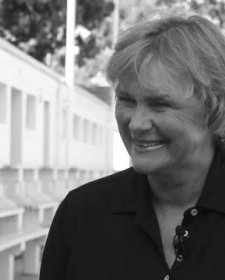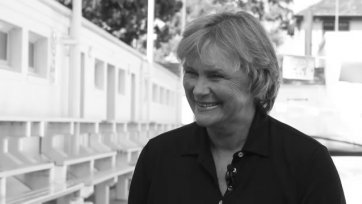This exhibition presents a representative selection of Australian of the Year recipients from diverse fields of endeavour: 29 recipients from a field of 60 are presented in eight thematic groupings. The exhibition brings to life the underlying complex and shifting notions of national identity that are exemplified or challenged in the portrait of each person. The portraits were made at different stages in the sitters’ lives, encompassing a range of artistic media and a diversity of styles, capturing unique and often emotionally powerful aspects of these distinctive individuals.
Inaugurated on Australia Day 1960, the Australian of the Year Awards recognise outstanding achievements and provide a kaleidoscopic portrait of the nation’s changing sense of identity. Achievers in sport, the arts, medical and scientific leadership and social campaigners, Aboriginal activists, soldiers, even politicians, bureaucrats and the clergy have been honoured. Yet the awards have courted controversy. Originally an initiative of the Victorian Australia Day Council, by 1975 a rival organisation in Canberra, backed by then Prime Minister Gough Whitlam, presented their inaugural Australian of the Year Award. This was resolved with the establishment of the National Australia Day Council in 1979. For many Indigenous Australians, the announcement of Australian of the Year on the anniversary of the raising of the British flag, following the arrival of the First Fleet in 1788, remains deeply problematic. Many regard Australia Day as ‘Invasion Day’ or ‘Survival Day’, a reminder that reconciliation is yet to be fully achieved. Nominations by fellow Australians and recognition as an inspirational leader in Australia unite the recipients of this national award.
The National Portrait Gallery’s purpose is to increase the understanding and appreciation of the Australian people – their identity, history, culture, creativity and diversity – through portraiture. The power of portraiture lies in its ability to evoke the ‘presence’ of a person through a conversation between artist, sitter and viewer. The Portrait Gallery collection offers a rich tapestry from which to present the many unfolding and varied stories of Australian experience.
See below for more on the eight themes in the exhibition and the classroom learning resource. Or find out more about the Australian of the Year awards.

